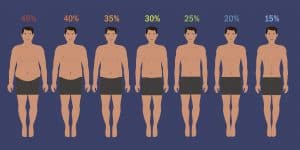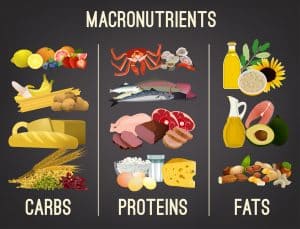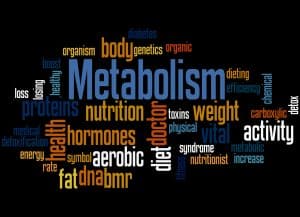When my cutting was over, my physique wasn’t big enough—I wanted to be huge (naturally).
But, as soon as eat much of the food that I like—I’d pile on the pounds—and most of it wasn’t muscle.
The fat was hiding my desired gains—and I had to cut drastically to reveal the muscle beneath.
If I didn’t solve the issue—this eating/dieting cycle would wreck my health.
This guide to clean bulking explains how you can become a bodybuilding monster—without amassing fat.
- Table of Contents
Clean vs. Dirty Bulk
Let me start this guide to clean bulk with the cold, hard truth.
If you want impressive muscle growth—you need to raise your caloric consumption.
Okay, this isn’t an excuse to simply sit on the sofa and eat copious amounts of food—you still have to hit the gym like an absolute beast. However, combine the two, and your muscle mass will increase.
Firstly, your body requires elevated levels of nutrients to induce protein synthesis—the rebuilding and enlargement of muscle tissue. Secondly, growth requires energy—ingest too few calories, and your gains will slow—or even cease.
However, it’s the method that you choose to raise your caloric intake that’s important.
Many bodybuilders consider that it doesn’t matter what type of food they eat—as long as they hit their energy targets. Check out many of the top bulking diets—and you’ll find that they’ve packed them with what you would consider junk.
This, is dirty bulking.
These guys, in the off-season, pile on incredible muscle mass—but with the downside that they also amass fat. This means they have to go through a harsh cutting phase to drop the flab and reveal the definition beneath.
The problem is, this isn’t healthy.
Furthermore, excess fat can reduce your chances of making gains, by:
- Lowering insulin sensitivity—insulin is an anabolic hormone—as sensitivity drops, muscle protein synthesis decreases.
- Reducing testosterone production—as the body’s natural anabolic steroid falls, so does your ability to gain muscle.
However, there’s another alternative—clean bulking.
The process is remarkably simple.
You still increase your caloric intake—however, you obtain these energy powerhouses from nutritious foods—not whatever you fancy.
There are two essential factors in this Guide to Clean Bulk:
- Watch your macros—research shows that high protein boosts muscle growth and inhibits fat gain.
- Try to obtain at least 80% of your calories from unprocessed foods, such as:
- Vegetables.
- Low-fat yogurt.
- Eggs.
- Beans and nuts.
- Rice.
- Oats.
- Oily fish.
- Lean meats.
I know what you’re thinking—sounds great, but how do I apply it?
Stick with me, as in the next section of this guide to clean bulk, I’ll explain:
The Clean Bulk Macro Calculator
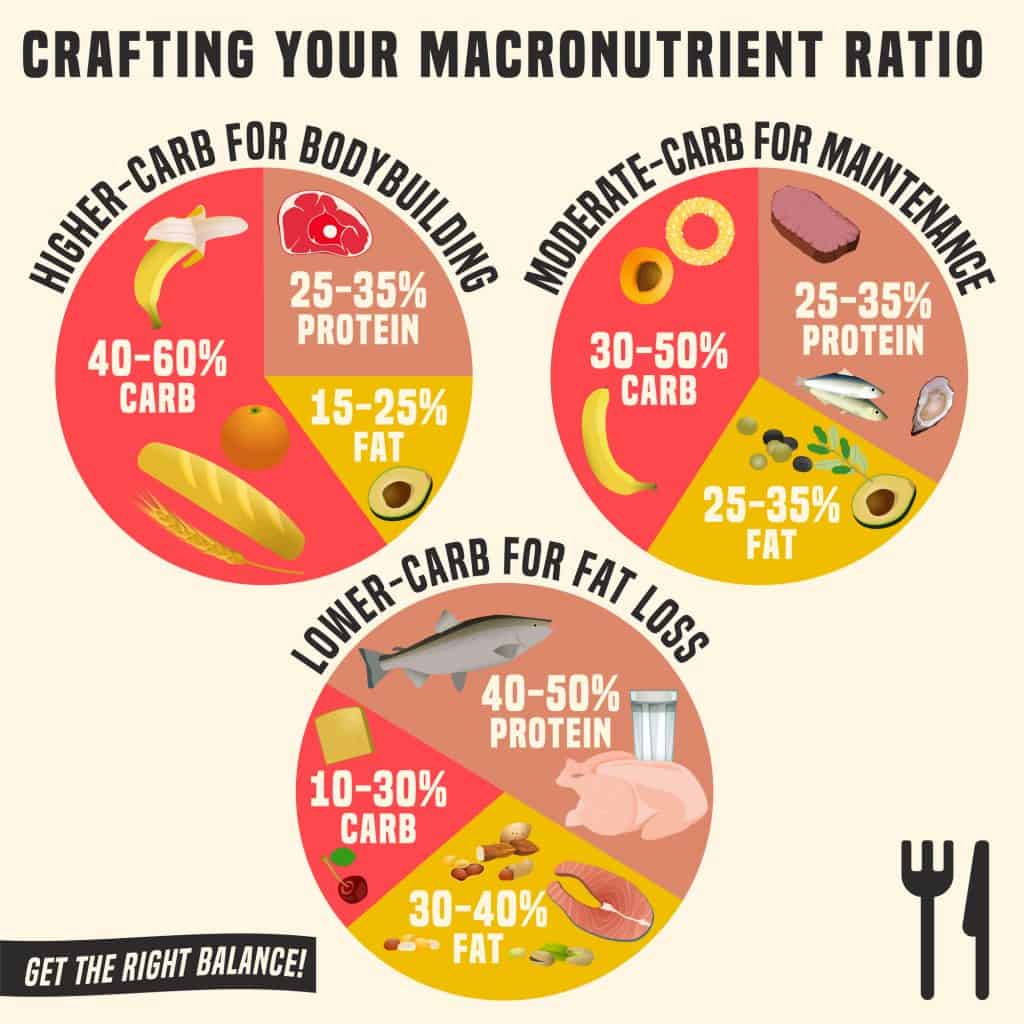
Let’s kick off with the basics.
We’ve already established in this guide to clean bulk that to boost mass—you need to up your calorie intake. You do this through elevating your macro consumption—in the right proportions.
Here are the calculations:
Calorie Requirement
To maintain a healthy body, you find your minimum daily calorie requirement (BMR) by multiplying your weight (in pounds) by ten.
When bodybuilding, this needs to be increased to sixteen.
So let’s assume you’re a guy weighing 180 pounds.
180 x 16 = 2880 calories per day to build muscle.
For an exact figure, you can use this calculator. Don’t forget, you need to factor in the caloric surplus. That is, an increase of about 15-20% over your maintenance calories.
Protein Requirement
For the average person, the recommended daily intake of protein is 0.36 grams of for every pound of body weight. However, to build muscle, you must increase this to at least one gram of protein per pound of bodyweight.
So, for a 180-pound guy,
180 x 1 gram= 180 grams of protein or 720 calories.
(1g of protein = 4 calories)
Fat Requirement
Research has indicated that for bodybuilding, around 25% of calories should be sourced from this macro.
Again, for a guy weighing 180 pounds,
2880 calories x 25%=720 calories or 80 grams of fat.
(1 gram of fat = 9 calories)
Carbohydrate Requirement
The remaining calorie balance should be from carbs. So using the above figures,
2880 calories – 720 protein calories – 720 fat calories = 1440 carb calories or 360 g.
(1 gram of carbs = 4 calories).
The following calculator provides you with more accurate figures of macronutrients requirements in grams.
Meal Plan Example for Clean Bulk
Now you have the details on clean bulking—it’s time to put this knowledge into action.
At first, it may seem a hassle having to count calories and macros all the time—stick with it.
After just a couple of weeks, much of your planning will become second nature. You’ll automatically know the energy value of many of your foodstuffs. I always recommend creating a spreadsheet of your meal plans—including the macro count.
This means you can easily refer back to a previous day’s consumption for convenient inspiration.
There are numerous nutrition facts databases and food counters online—but one of the most reliable is that provided by USDA (United States Department of Agriculture).
To get you started, I’ve provided an example.
The diet below is for a guy weighing 200 pounds. As you will recall from earlier in this guide to clean bulk, that equates to 200 x 16 = 3200 calories.
Meal 1
ten whole egg
Six egg whites
one tablespoon of olive oil
One tablespoons of peanut butter
Ten ounces of freshly squeezed orange juice
Meal 2
two scoops of whey protein
50 grams strawberries
Meal 3
Eight ounces of chicken breast
One tablespoon of barbecue sauce
One large white baked potato
One medium banana
A handful of almonds
Meal 4
Ten ounces of ground beef
Two cups of boiled white rice
A plate of fresh green salad
One tablespoons of peanut butter
Two tablespoons of balsamic vinegar
Total
Total protein 800 calories (200 grams)
Total carbs 1600 calories (400 grams)
Total fat 800 calories (88 grams)
Total calories 3200
Four Tips to Cheat on Clean Bulk
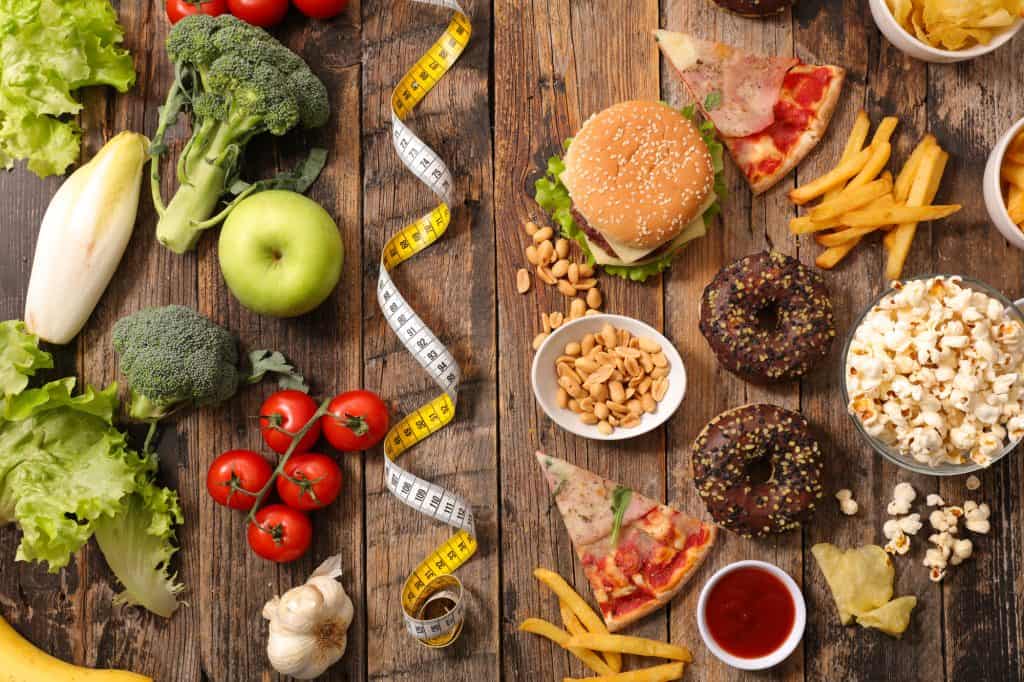
It would be easy for me to say, don’t cheat. But, unless you’re a saint, that isn’t going to work in the real world.
So, instead, cheat sensibly.
Accept that you’re fallible. However, as you’re monitoring your macros and calories—do the same with your sinful behavior.
Here’s my guide to clean bulk cheating—in a structured fashion.
1
Only Cheat Once per Week
So, if you cheat early in the week, that’s it for the next six days! But, keep your diet-dodging within boundaries—don’t exceed any more than 150% of your regular calorie intake for that day.
2
On Cheat Day—Keep Fat Content Down
On your cheat day—no more than 100 grams of your cheating should be from fat. Studies indicate that the body turns dietary fat into body fat more readily than carbs.
3
Use Your Cheat Wisely
Christmas, birthdays, bar mitzvah or Valentine’s Day—all occasions when you may want to consume more than normal.
Hence, check your notes. Use your one cheat day for a special occasion. Furthermore, on that particular day, try and alter your other food intake.
If you know you’re going to a restaurant where you’re probably going to overindulge—cut back on fats and carbs in the hours leading up to that meal.
4
Don’t Punish Yourself
Knowing you have a cheat day can be—for some—counterproductive.
It becomes the focus of the week, with your regular daily staples being considered a punishment.
Don’t allow this to happen!
Sensible meal planning means that you can enjoy your healthy bulking foods. Remember, unlike most diets, it’s encouraging you to consume more calories—not reduce them!
Seven Tips for Clean Bulk
I can’t stress enough in this guide that sticking to the rules is important—but that doesn’t mean it has to be unpleasant or painful. Here are my top seven tips for effective and incredible muscle growth.

1
Always Watch the Calorie Count
You already know the rule—body weight in pounds multiplied by sixteen. That’s it.
Any less than that, and you’re not in the optimal caloric surplus to build muscle. Any more, and you could be running the risk of putting on fat.
2
Keep the Macros in Check
Using the calculator from earlier in this article, monitor your macros.
Fats and carbs power you through workouts—proteins build muscle. Getting it wrong can mean piling on unwanted weight and not enhancing your physique.
3
Healthy Foods are Vital
There is a currently popular eating ethos of IIFYM (If It Fits Your Macros).
Basically, as long as you hit your macro targets—nothing is off the menu—pizzas, burgers, donuts or whatever you fancy.
While the occasional cheat once a week may not take you off target, following IIFYM every day isn’t sensible.
Junk foods and trans fats can cause diabetes, elevate cholesterol and promote heart issues—even if you’re sporting some astounding muscle tone.
Stick to clean foods—organic meats, vegetables, nuts and healthy fats.
4
Eat Carbs In Your Last Meal, Too.
Not just before and after your workout. Research suggests that, when combined with exercise, consuming carbohydrates in the evening increases insulin sensitivity and promotes a faster uptake of amino acids—vital to build muscle.
5
Every Month—Check Your Progress
Don’t just jump on the weighing scales.
It may indicate that you’ve put on (or lost) weight—but you have no idea if this is muscle or fat gain.
Instead, monitor your body fat percentage too—through calipers, BIA (bioelectrical impedance analysis) machines or hydrostatic weighing.
If you’re gaining weight but not fat—excellent, that’s muscle—but if the fat is increasing, it’s time to reduce your calorie intake.
6
Use Supplements
Additional supplementation can rapidly boost gains (discussed below).
7
Exercise for Muscle Gain
Cardio has its place—but not in serious bulking.
If you follow the calorie and macro guide in this guide to clean bulk—you will not need any aerobic activity to keep the fat at bay—your body will be doing it for you.
Instead, concentrate on lifting heavy and hard. The ideal regime is 3-4 sets of each exercise, with eight to twelve reps per set. Excessive cardio will start to burn the essential calories you need for muscle growth.
If this cardio-free practice instills you with guilt—then do no more than a brisk walk for 20 minutes on your rest days. But no pounding the treadmill for hours.
Bulking Supplements
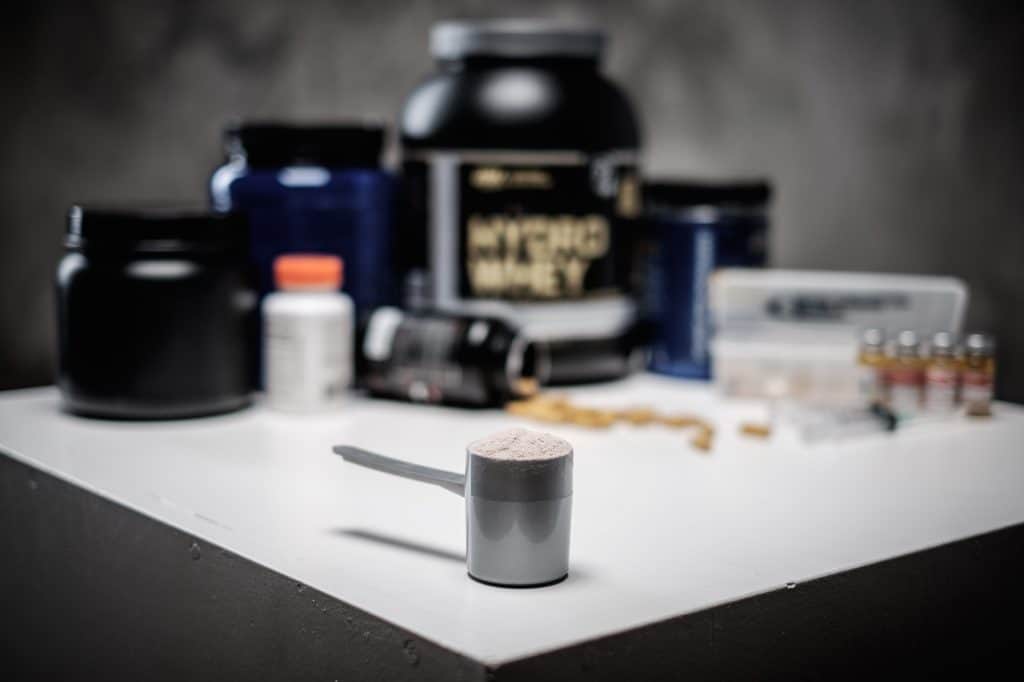
Bodybuilding supplements can definitely increase returns—when used the right way.
Remember that the word supplement means in addition to—you shouldn’t utilize them as replacements for either exercise or proper food nutrition.
Allow me to reveal in this guide the most useful supplements to accelerate mass:
Protein Powder
Hitting your macro protein targets every day can sometimes be challenging. Protein powders allow you to achieve these goals comfortably.
Mixed with water, milk or other liquids—they generally deliver around 20 grams of protein per serving.
Research shows that these supplements increase muscle growth and reduce recovery time.
Mass Builders
Useful products—but you should use them with caution.
Typically, these supplements are nothing but carb loaders—allowing you to quickly ingest high levels of this energy-boosting and muscle growing macro.
However, in my opinion, they should only be used if you’re seriously struggling to meet your carb intake. Otherwise, they will just promote fat gain.
BCAAs
The branched-chain amino acids (BCAAs) are leucine, valine and isoleucine.
These potent compounds are the key to impressive mass attainment. The most important of these, leucine, kick starts the entire muscle building process and promotes the production of the powerful HGH (human growth hormone).
Supplied in powder form, research shows that these products can increase muscle protein synthesis by 22% when consumed post-workout.
Snacks for Clean Bulking
The calorie, macro and meal plans outlined in this guide to clean bulk are ideal if you’re at home all day.
However, life isn’t like that.
If you’re out on the road or at work—it can be tempting to purchase an unhealthy takeaway snack—wrecking your gains.
Instead, pre-prepare a beneficial and macro-friendly snack before you leave the house.
Some ideas include:
- Chicken wrap—whole wheat tortilla, low-fat mayo, lettuce, cucumber and a grilled chicken breast.
- Trail mix—make your own with pecans, almonds, raisins and sunflower seeds.
- Peanut balls—protein boosters made from protein powder, peanut butter, oats and cranberries.
- Mexican tuna—drained canned tuna mixed with salsa, corn, carrots and mushrooms.
- Beef jerky and orange—vitamin C in the fruit boosts iron absorption from the meat.
The Takeaway
Gaining massive muscle mass means having to ramp up the calories—but don’t be dirty about it.
Instead, follow the tips in this guide to clean bulk.
Your body will be in the optimum position for maximum muscle growth while having sufficient energy to power you through the mother-of-all workouts.
What’s more, you’ll be boosting your overall health and wellbeing.








